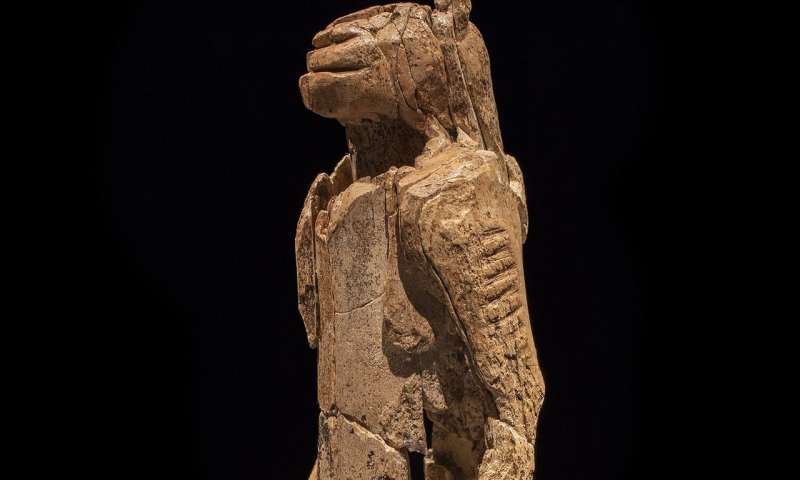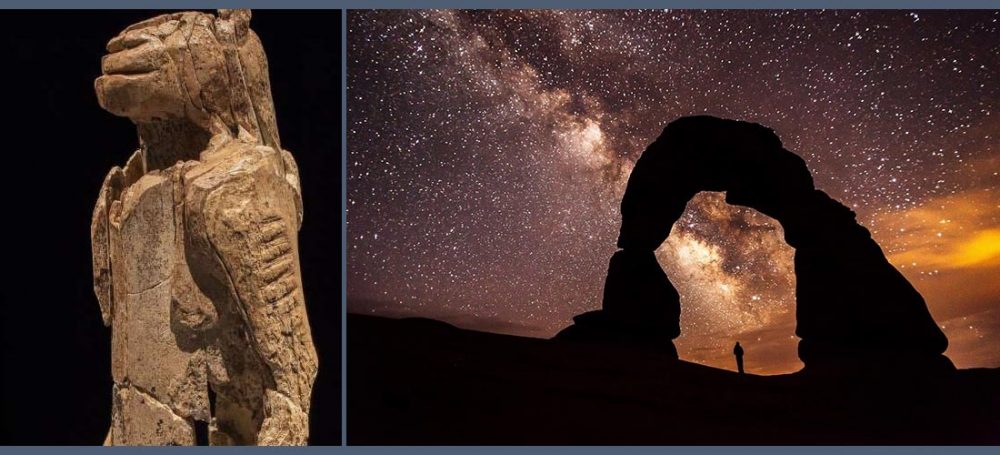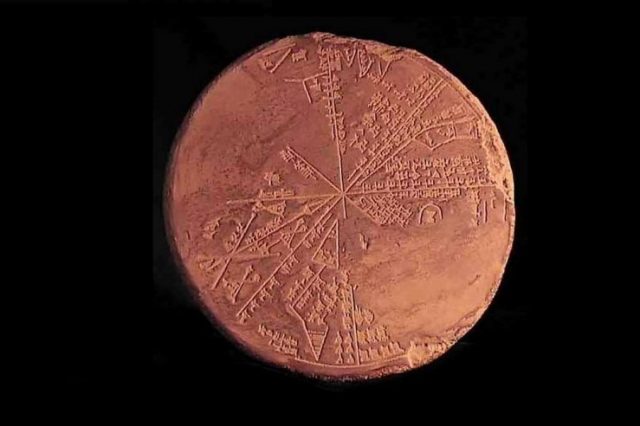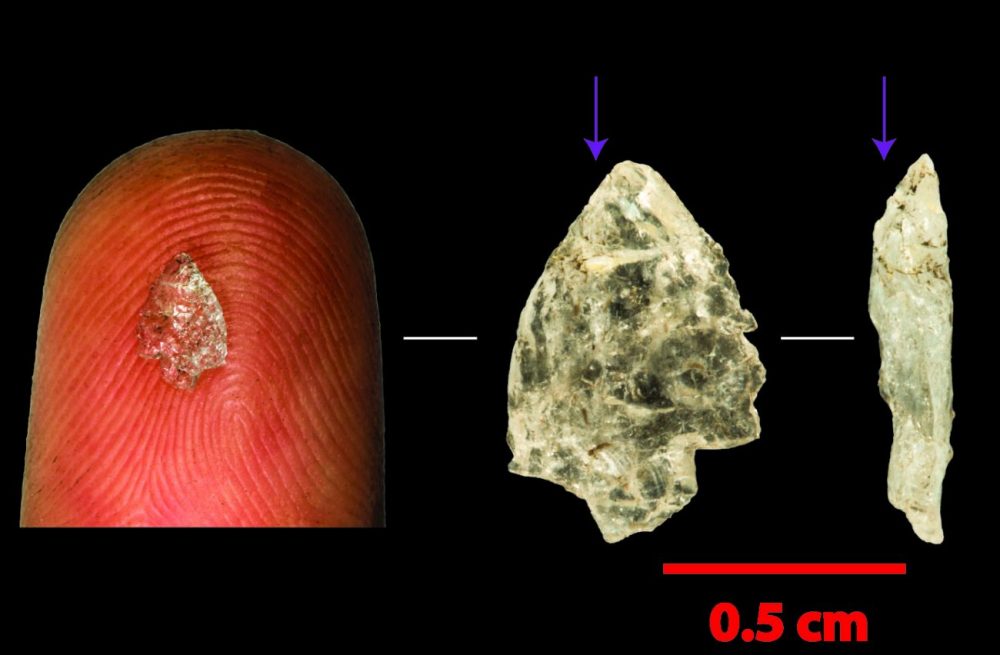40,000-year-old cave paintings reveal the use of complex astronomy.
Ancient Cave Paintings Revealed as Star Maps
Ancient paintings previously thought to have been prehistoric animal symbols have recently been identified as ancient star maps, demonstrating that humans had sophisticated knowledge of stars and constellations more than 40,000 years ago.
Tracking Time with the Night Sky
Scientists have discovered that ancient humans tracked time by observing the changing positions of stars in the sky. The animal symbols found in many cave paintings throughout Europe represent constellations rather than simple depictions of wild animals. These symbols mark significant events such as asteroid strikes, according to a new study published by the University of Edinburgh.

Understanding the Precession of the Equinoxes
Ancient people were aware of the gradual change in Earth’s rotational axis, a phenomenon called the precession of the equinoxes. This discovery was previously attributed to the ancient Greeks. “Early cave art shows that people had advanced knowledge of the night sky within the last ice age. But, intellectually, they were hardly any different to us today,” explained Dr. Martin Sweatman from the University of Edinburgh.
Studying Cave Art Across Europe
Researchers from the Universities of Edinburgh and Kent studied ancient cave art in Turkey, Spain, France, and Germany. They determined the age of the art by chemically dating the paints used by ancient humans. Using computer software, they predicted the position of the stars when the paints were created, revealing that the abstract animal depictions could be interpreted as constellations as they appeared in the distant past.
Timekeeping System Spanning Tens of Thousands of Years

The cave paintings indicate that ancient humans practiced a sophisticated timekeeping method based on astronomical calculations, even though the paintings were separated in time by tens of thousands of years. The world’s oldest sculpture, the Lion-Man of Hohlenstein-Stadel Cave from 38,000 BC, also conforms to this ancient time-keeping system.
Connecting Art to Catastrophic Events
The mysterious Lion-Man figurine is believed to commemorate a catastrophic asteroid impact that occurred around 11,000 years ago, initiating the Younger Dryas Event, a period of sudden climate cooling. The study was published in the Athens Journal of History, adding another layer of understanding to our view of ancient human civilizations.
PLEASE READ: Have something to add? Visit Curiosmos on Facebook. Join the discussion in our mobile Telegram group. Also, follow us on Google News. Interesting in history, mysteries, and more? Visit Ancient Library’s Telegram group and become part of an exclusive group.





